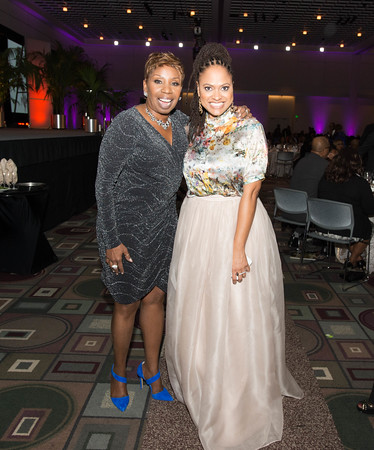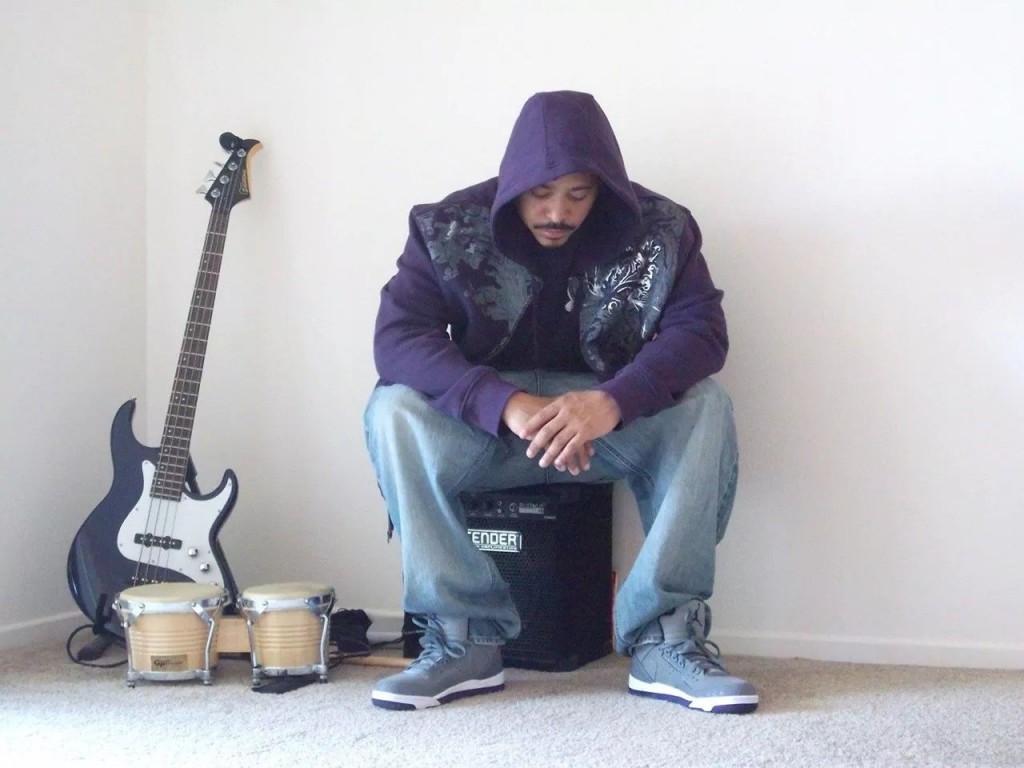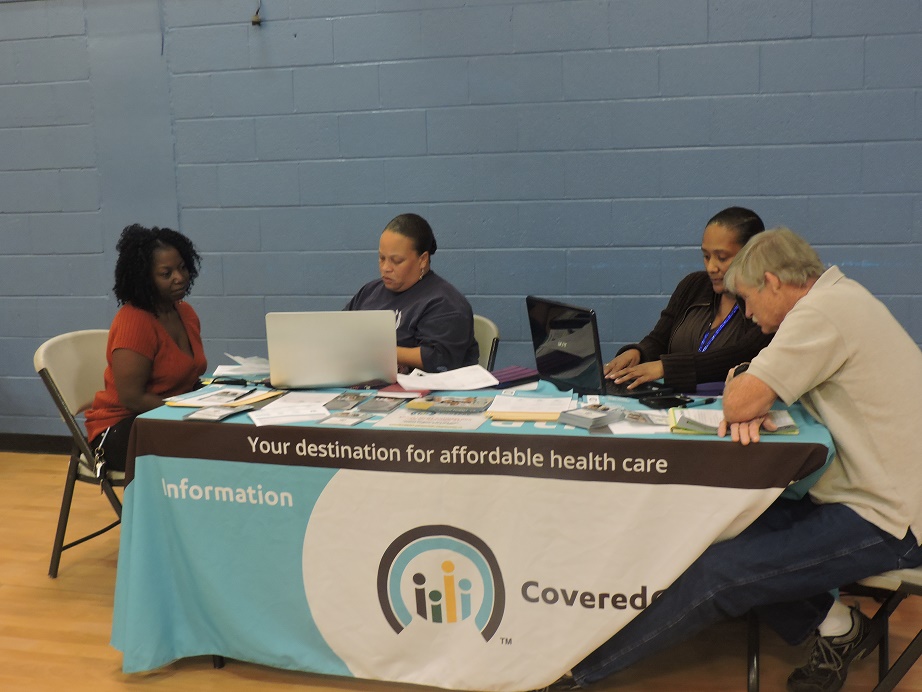
(right) Ava DuVernay, diraector and writer of Selm
Credit: Earl Gibson III for NAACP
Last night, Thursday, February 5, 2015, The 46th NAACP Image Awards announced the winners for the 45 non-televised categories at gala dinner at the Pasadena Civic Auditorium hosted by Affion Crockett and Chris Spencer.
Winners were voted upon by NAACP members and announced when the envelopes were opened on Thursday, February 5 (45 categories). The remaining 10 categories will be announced LIVE on stage during the two-hour star-studded TV One telecast on Friday, February 6 at 9:00pm ET (PT tape-delayed) hosted by Anthony Anderson. The LIVE red carpet show will air on TV One at 8:00pm ET (PT tape-delayed).
For all information and latest news, and complete list of winners, please visit the official NAACP Image Awards website at http://www.naacpimageawards.net.
FB: /naacpimageaward • Twitter: @naacpimageaward
The Winners From Last Night Are As Follows –
LITERATURE:
Outstanding Literary Work – Fiction
“A Wanted Woman” – Eric Jerome Dickey (Penguin Random House)
Outstanding Literary Work – Non-Fiction
“Just Mercy: A Story of Justice and Redemption” – Bryan Stevenson (Spiegel & Grau)
Outstanding Literary Work – Debut Author
“Forty Acres” – Dwayne Alexander Smith (Atria Books)
Outstanding Literary Work – Biography/Autobiography
“Breaking Ground: My Life in Medicine” – Louis Sullivan with David Chanoff (University of Georgia Press)
Outstanding Literary Work – Instructional
“Promises Kept: Raising Black Boys to Succeed in School and in Life” – Joe Brewster, Michele Stephenson, Hilary Beard (Spiegel & Grau)
Outstanding Literary Work – Poetry
“Citizen: An American Lyric” – Claudia Rankine (Graywolf Press)
Outstanding Literary Work – Children
“Dork Diaries 8: Tales From A Not-So Happily Ever After” – Rachel Renee Russell with Nikki Russell and Erin Russell (Simon & Schuster)
Outstanding Literary Work – Youth/Teens
“Brown Girl Dreaming” – Jacqueline Woodson (Nancy Paulsen Books)
RECORDING:
Outstanding New Artist
3 Winans Brothers (BMG)
Outstanding Male Artist
Pharrell Williams (Columbia Records)
Outstanding Female Artist
Beyoncé (Columbia Records)
Outstanding Duo, Group or Collaboration
“Stay With Me” – Sam Smith feat. Mary J Blige (Capitol)
Outstanding Jazz Album
“My Old Friend: Celebrating George Duke” – Al Jarreau (Concord)
Outstanding Gospel Album (Traditional or Contemporary)
“Where My Heart Belongs” – Gladys Knight (Shadow Mountain Records)
Outstanding Music Video
“You and I (Nobody in the World)” – John Legend (Columbia Records)
Outstanding Song
“We Are Here” – Alicia Keys (RCA Records)
Outstanding Album
“Aretha Franklin Sings the Great Diva Classics” – Aretha Franklin (RCA Records)
ANIMATED OR COMPUTER GENERATED IMAGE (CGI):
Outstanding Character Voice-Over Performance
Loretta Devine – “Doc McStuffins” (Disney Junior)
TELEVISION:
Outstanding Writing in a Comedy Series
Sara Hess – “Orange is the New Black” – It Was the Change (Netflix)
Outstanding Writing in a Drama Series
Erika Green Swafford – “How to Get Away With Murder” – Let’s Get To Scooping (ABC)
Outstanding Writing in a Television Movie
Shernold Edwards – “A Day Late and a Dollar Short” (Lifetime Networks)
Outstanding Directing in a Comedy Series
Ken Whittingham – “Parks and Recreation” – Prom (NBC)
Outstanding Directing in a Drama Series
Carl Franklin – “House of Cards” – Chapter 14 (Netflix)
Outstanding Directing in a Television Movie
Reggie Bythewood – “Gun Hill” (BET)
Outstanding Supporting Actor in a Comedy Series
Laurence Fishburne – “black-ish” (ABC)
Outstanding Supporting Actress in a Comedy Series
Yara Shahidi – “black-ish” (ABC)
Outstanding Supporting Actor in a Drama Series
Joe Morton – “Scandal” (ABC)
Outstanding Supporting Actress in a Drama Series
Khandi Alexander – “Scandal” (ABC)
Outstanding Television Movie, Mini- Series, or Dramatic Special
“The Trip to Bountiful” (Lifetime Networks)
Outstanding Actor in a Television Movie, Mini- Series, or Dramatic Special
Blair Underwood- “The Trip to Bountiful” (Lifetime Networks)
Outstanding Actress in a Television Movie, Mini- Series, or Dramatic Special
Cicely Tyson- “The Trip to Bountiful” (Lifetime Networks)
Outstanding News/Information (Series or Special)
“Unsung” (TV One)
Outstanding Talk Series
“Steve Harvey” (Syndicated)
Outstanding Reality Series
“Iyanla: Fix My Life” (OWN)
Outstanding Variety (Series or Special)
“Oprah’s Master Class” (OWN)
Outstanding Children’s Program
“Doc McStuffins” (Disney Junior)
Outstanding Performance by a Youth in a Youth/ Children’s Program (Series or Special)
Fatima Ptacek- “Dora and Friends: Into the City!” (Nickelodeon)
Outstanding Host in a Talk, Reality, News/Information, or Variety Series
Steve Harvey- “Steve Harvey” (Syndicated)
DOCUMENTARY:
Outstanding Documentary – (Film)
“Through A Lens Darkly: Black Photographers and the Emergence of a People” (Chimpanzee Productions, Inc.)
Outstanding Documentary – (Television)
“Bad Boys” (ESPN)
MOTION PICTURE:
Outstanding Writing in a Motion Picture
Misan Sagay – “Belle” (Fox Searchlight Pictures/DJ Films)
Outstanding Directing in a Motion Picture
Antoine Fuqua – “The Equalizer” (Columbia Pictures)
Outstanding Supporting Actor in a Motion Picture
Common- “Selma” (Paramount Pictures)
Outstanding Supporting Actress in a Motion Picture
Carmen Ejogo – “Selma” (Paramount Pictures)
Outstanding Independent Motion Picture
“Belle” (Fox Searchlight Pictures/DJ Films)
 Westside Story Newspaper – Online The News of The Empire – Sharing the Quest for Excellence
Westside Story Newspaper – Online The News of The Empire – Sharing the Quest for Excellence











